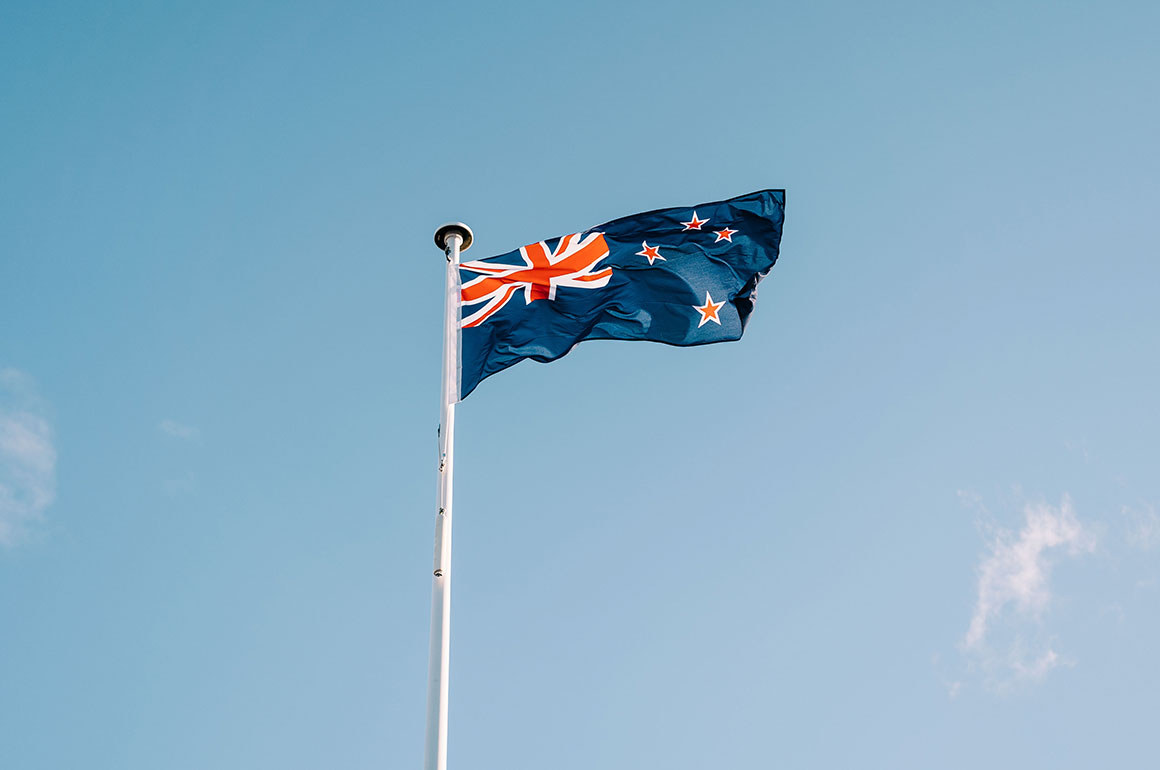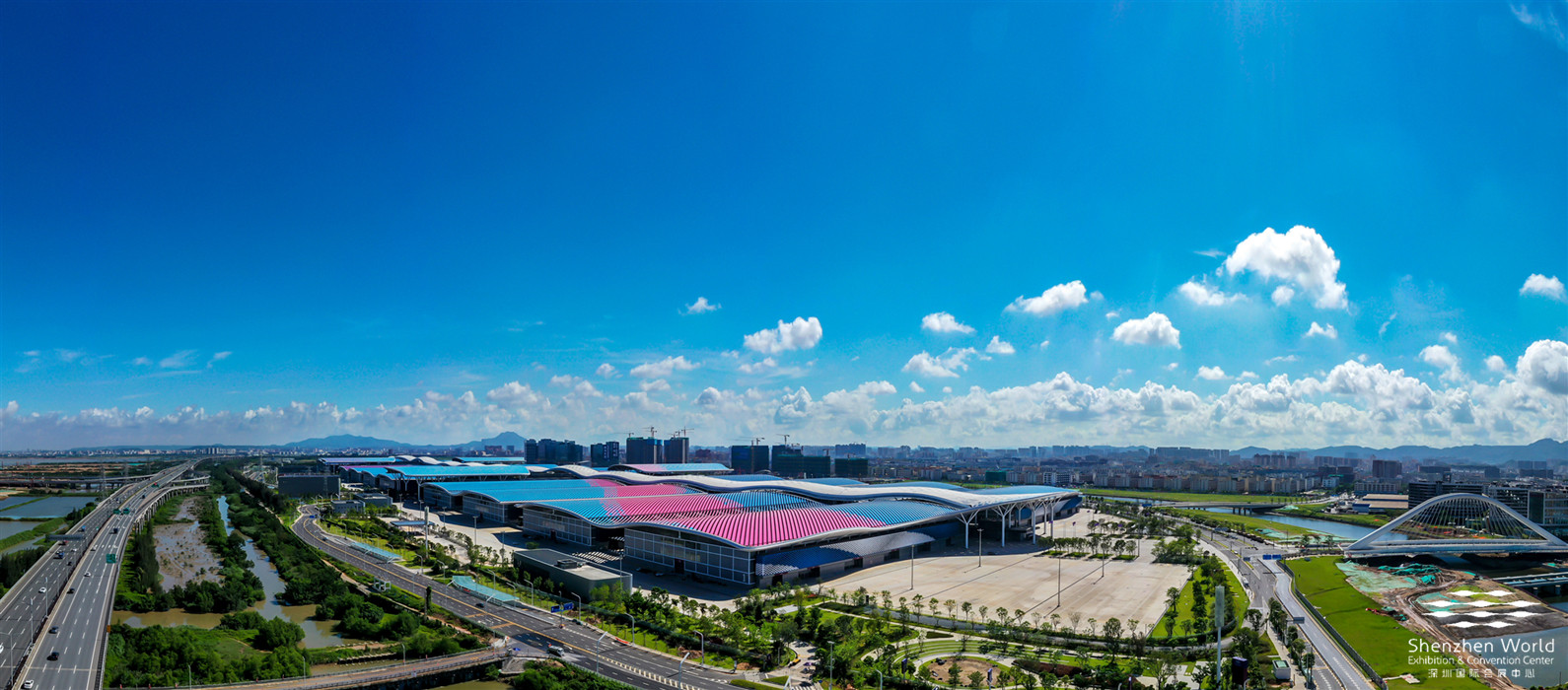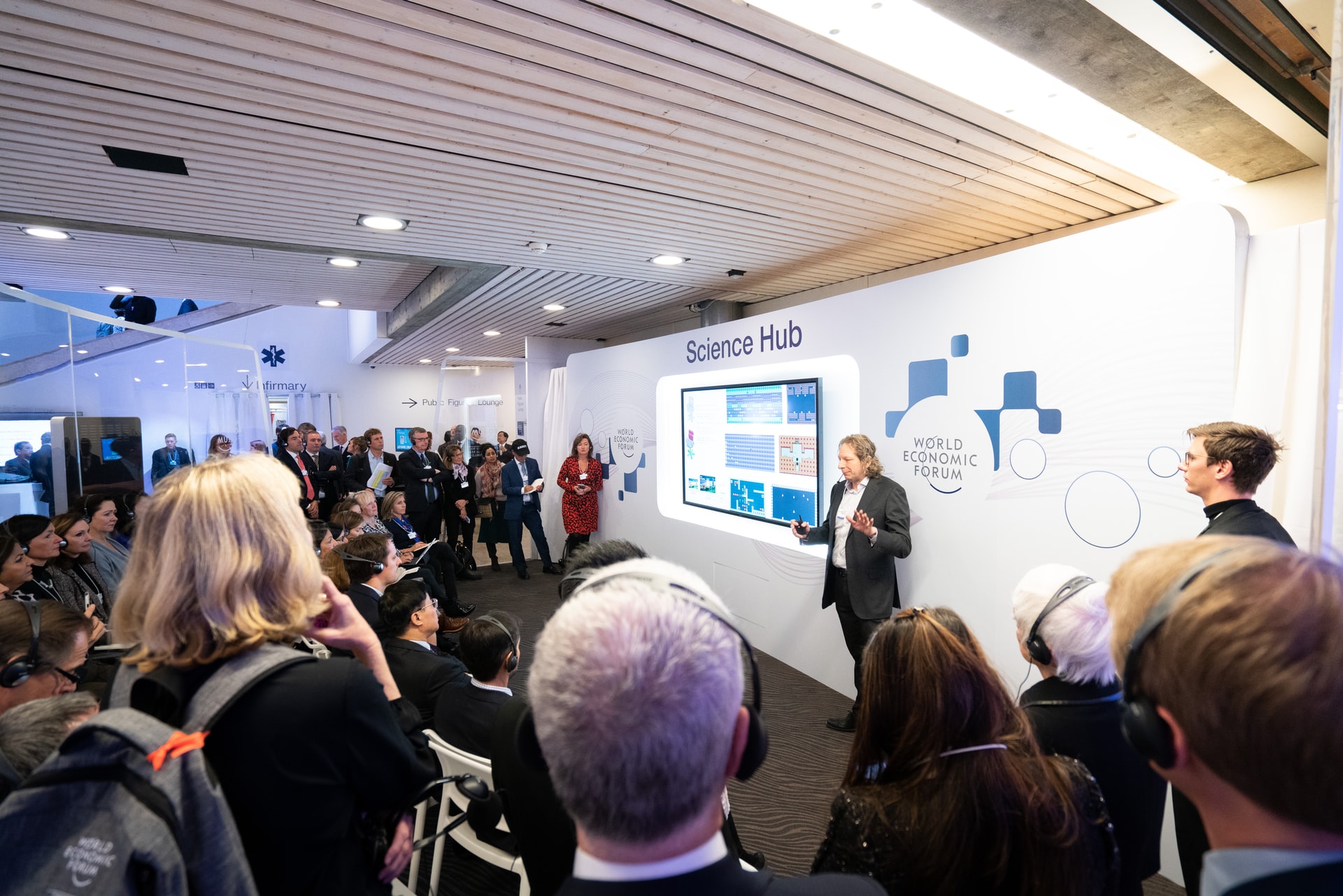Skift Take
In response to the country’s recent Omicron wave, New Zealand recently moved to its "Red Traffic light" setting — halting large-scale gatherings and impacting the local events industry. The decision has received some pushback; we explore why.
In January, New Zealand’s Prime Minister, Jacinda Ardern, announced that the entire country would move into the “red” Covid traffic light setting at 11.59 pm on Sunday, January 23, 2022. The move was a direct result of an uptick in community cases of Omicron, first detected in the country in mid-December 2021. And while pandemic restrictions are nothing new, the impact on the local events sector has been substantial and uncalled for, in the view of some industry leaders.
A Strategy of Elimination
When compared to the response of some countries’ current international Covid management plans of “learning to live with the virus,” New Zealand has remained firm in its adoption of an Elimination Strategy providing “a sustained approach to keep it out, find it and stamp it out.”
Since the onset of the pandemic, the country closed its borders to nearly all international travelers (including citizens) and implemented a series of lockdowns and restrictions. Initially, these measures received praise from both the international community and New Zealand citizens thanks to their success in containing the virus. Such strict policies were especially welcome on an island population of just over five million people where a large outbreak could easily overwhelm the local healthcare infrastructure.
But as of late, Prime Minister Ardern has faced resistance towards ongoing measures — resulting in mounting pressure to change the current status quo, including the “red traffic light” setting.
Ardern recently announced that the government expects the Omicron wave to peak in late March, so the likelihood of restrictions being lifted within the next few weeks is slim.
Loosening Travel Restrictions in New Zealand and Australia
Even though reopening may not be on the immediate horizon, some recent announcements suggest the tide could be turning later this year. These include the government’s plan to reopen international borders in a phased approach starting from the 27th of February, which may bring a little relief down the line as the travel sector overlaps with business events.
Lisa Hopkins, chief executive of Business Events Industry Aotearoa (BEIA), emphasized the relationship between business travel and B2B events when she spoke at the Future of Business Events Virtual Summit last December: “Business travel is a good barometer and it saw levels slump by 54 percent. The business events sector in New Zealand has declined by 73 percent in spend since 2019, down to $400 million in 2021 from a value of $1.5 billion two years ago.”
It is interesting to note that Australia, which similarly had some of the world’s strictest Covid measures earlier in the pandemic, announced that it too would be loosening its travel restrictions less than a week after New Zealand’s change in policy. Going a step further than New Zealand, however, Australia will begin a phased plan of reopening its borders to double-vaccinated international travelers starting February 21. This announcement follows Australia’s decision to end its Covid zero approach in August of last year, putting a stop to its policy of enforcing snap lockdowns whenever a handful of Covid cases cropped up.
Simon Thewlis, a Melbourne-based event organizer spearheading the “Save Victorian Events” campaign in his home state of Victoria, explained the impact of the recent news: “International travelers are a relatively small but important part of our industry, as Australia is so far from much of the world…[W]e are hopeful that it means we will see people starting to come to Australia again for events.”
While Australia is making plans to welcome back international tourists, New Zealand is making plans to welcome back its own citizens and a handful of visa holders. Although Australians will be allowed to enter New Zealand as of July, New Zealand won’t be reopening to any other non-visa-holding international visitors until October.
Will the New Zealand government revisit the timeline it has proposed for reopening borders, and might it ease its “red traffic light” once the Omicron wave subsides?
New Zealand Events at Red
Restrictions on events themselves provide another stark contrast between Australia and New Zealand. While parts of Australia still require organizers of events for over 1,000 participants to provide government authorities with a dedicated health plan, the country is allowing mass events to occur.
By contrast, New Zealand has placed strict limitations on events. The “traffic lights COVID-19 Protection Framework” forms part of New Zealand’s Covid strategy. Although the framework does not imply a lockdown, it does carry restrictions depending on the level — green, orange, or red. Events at red can go ahead for organizers and attendees whose vaccine status is verified through the country’s “My Vaccine Pass” program. However, they are limited to a maximum of 100 participants.
These limitations on events and festivals have come as a major blow to many organizers who already had to reschedule events from 2021 after the country’s Delta lockdown.
Ségolène de Fontenay, general manager, New Zealand Events Association (NZEA), shared her frustrations on the recent move to red: “At red traffic light, events are capped to 100 people with Vaccine Pass only, based on 1m distancing, which means the majority of event organizers (and the supply chain) won’t be able to deliver events. No event means no income!”
The Fallout
When speaking with Matt Jones, CEO of Norwest Productions (part of the Norwest Group), he explained that public perception of these measures has shifted over time. From mid-2020 until early 2021, it could be reasonable to suggest that New Zealand’s strict Covid regulations actually gave the local events industry an advantage insofar as it allowed organizers to intermittently host in-person events when many other countries were in prolonged lockdowns. However, since February 2021, restrictions and continuing border controls have placed the sector at a disadvantage compared to what was possible in the rest of the world.
The fallout from the red light setting within the local events industry has resulted in mass event cancellations and postponements. Among the many industry casualties of the current red setting, some events canceled include the annual New Zealand Fashion Week, The Auckland Pride Festival, Wellington’s annual Kiwi music festival, Jim Beam Homegrown, and the Auckland Arts Festival.
“The practical implication of red light is that all events with more than 100pax have been required to either cancel or postpone,” said Jones. He added that what is not yet known is the long-term impact of these restrictions and potential damage from an international business events perspective. “If I were a promoter or business traveler contemplating a tour or conference in 2022 or even 2023, I would (personally) be wary,” he said.
Calls for Greater Government Support
Since March 2020, the government’s targeted support for the events sector has been marred with uncertainty and limited to events that meet a particular set of criteria — meaning many event professionals are missing out.
For large-scale events, the New Zealand government covers 90 percent of the unrecoverable costs in line with its government-backed insurance policy, known as the Events Transition Support Payment (ETSP), which will remain in place until April 3, 2022. “We have asked [the government] to extend its government-backed insurance past this date so that planning of events can continue for the next autumn/winter events,” said de Fontenay. The events that fall in this period tend to be business events like conferences or trade shows critical to small to medium enterprises (SMEs) and their respective industries, according to de Fontenay.
Lobbyists have also appealed to the government to provide targeted financial support, such as wage subsidies for a variety of event-related professions. Among those spotlighted for targeted support are SMEs, contractors, sole traders, and those planning events for under 5,000 people.
In the meantime, de Fontenay welcomes a recent announcement: In response to the Omicron outbreak and the uncertainty presented by the current COVID-19 Protection Framework Red setting, government ministers have agreed to remove all payment triggers for the current ETSP scheme. This decision means that claims can now be made immediately by eligible events scheduled to begin before April 3, 2022, provided they have been canceled or postponed since the move to red.
However, Jones believes that producing an event is a confidence game, and the current lack of certainty may further disrupt the industry. Speaking of the country’s Arts and Culture Event Support Scheme, Jones described the subsidy program as well-intentioned, but added that “the devil is in the detail.” The details Jones refers to are the many barriers that exist when event professionals try to gain access to funding. According to Jones, organizers then face even more hurdles ensuring that said funding makes it down the event supply chain.
“What is required is an extension of the wage subsidy scheme that recognizes the restrictions imposed affect some industries differently than others,” said Jones. “This could easily be achieved through increasing the decline in the turnover threshold, previously at 30 percent, but which, for most event-based companies, could easily be 80 percent or more in a red light setting and still be eligible.” What Jones is referring to is a 2020 government scheme to subsidize the wages of employees, provided that the business in question had suffered a 30 percent decline in revenue as compared to 2019 (a bar that was later raised to 40 percent before the program was dropped altogether). Jones suggests that rather than abandoning the program, the government could simply have narrowed the pool of eligibility further — even a threshold of 80 percent losses would not be enough to disqualify many event-related businesses.
Is the Australian Event Industry Faring Better?
Given their geographic proximity and their similar approaches to lockdown restrictions earlier in the pandemic, it is tempting to compare Australia and New Zealand for insight into the impact of shifting government policies.
Although the Australian event industry may currently be dealing with fewer government-enforced restrictions, they are also facing challenges owing to a public that has come to embrace a culture of caution.
As mentioned earlier, Australia had very tight border controls and restrictions throughout most of the pandemic. Partly because of the country’s earlier success in limiting transmission, Omicron was a shock to most people living in Australia. As Thewlis explains, the country experienced case numbers of up to 100,000 a day. (To put this in perspective, the country was concerned when daily numbers reached over 1,900 last September.) Nevertheless, the Australian government’s response to the Omicron surge has been comparatively modest, such as introducing work-from-home recommendations.
Even with eased restrictions, however, many Australians voluntarily went into what was effectively a lockdown — which in turn impacted events. “The majority of people just stopped going out. Our recent survey showed over three-quarters of events were canceled and many of the rest were at risk. But as it wasn’t a government-ordered lockdown, there has been no support for people or businesses in most parts of Australia,” said Thewlis.
Somewhat ironically, government-mandated caps on event attendance create a stronger argument for government-backed support, which in turn may give event professionals a stronger safety net — at least in the short term. Of course, Thewlis is not arguing for stricter government regulations, but for more support. In order to survive, the industry may need both looser restrictions and government-backed recovery programs.
The Impact of New Zealand’s New Travel Policy
While the gradual reopening of international borders may provide some reprieve for the New Zealand events industry, will that be enough? Industry leaders suggest that the current plan to reopen borders is welcome, but it is far from the most direct way to support events.
That’s because much like Australia’s event sector, New Zealand’s industry primarily caters to domestic markets. According to de Fontenay, a recent survey revealed that only 30 percent of event professionals in the country saw the closure of international borders as “a challenge within the next few months. Nevertheless, de Fontenay believes the impact it would have on this minority group is still important to the sector as a whole: “The lack of international visitors has made it hard financially for some events — particularly for those international events to break even. [R]eopening the borders without isolation requirements would be welcome by the events industry.”
Jones, on the other hand, pointed out that the reopening does not go far enough. Not only are borders closed to international travelers until mid year (and even later for non-Australians), but no end is in sight for quarantine measures:
“The reality is that while a programme for reopening the borders has now been laid out by the government (and that in itself is a positive step for Kiwis stuck overseas wanting to return home) this does not apply to non-residents until July. And even then, there is no end in sight for self-managed isolation requirements for 7-10 days. Until we get clarity on that point, there will be no business tourism — it will be unrealistic to expect many international artists and shows will be prepared to self-isolate for that length of time.”
– Matt Jones, CEO, Norwest Productions
The Future Outlook
While the New Zealand events industry is dealing with this new wave of uncertainty surrounding what the future will look like, Jones believes that for the most part, the infrastructure and people that support the space are, for now, still there. “We are an innovative community, and passion drives all of what we do. I’m confident that spirit will endure, and we will come through what looks like a challenging 2022, albeit more battered and bruised for the experience,” he concludes.
Further, industry activists are also speaking out in response to the latest red setting. The NZEA is inviting the New Zealand events sector to log their canceled or postponed events on their centralized register Canceled or Postponed Events from January 2022. It expects to see the list of canceled or postponed events grow, particularly after the government removed all payment triggers for the current ETSP scheme, meaning that claims can now be made immediately by eligible events.





